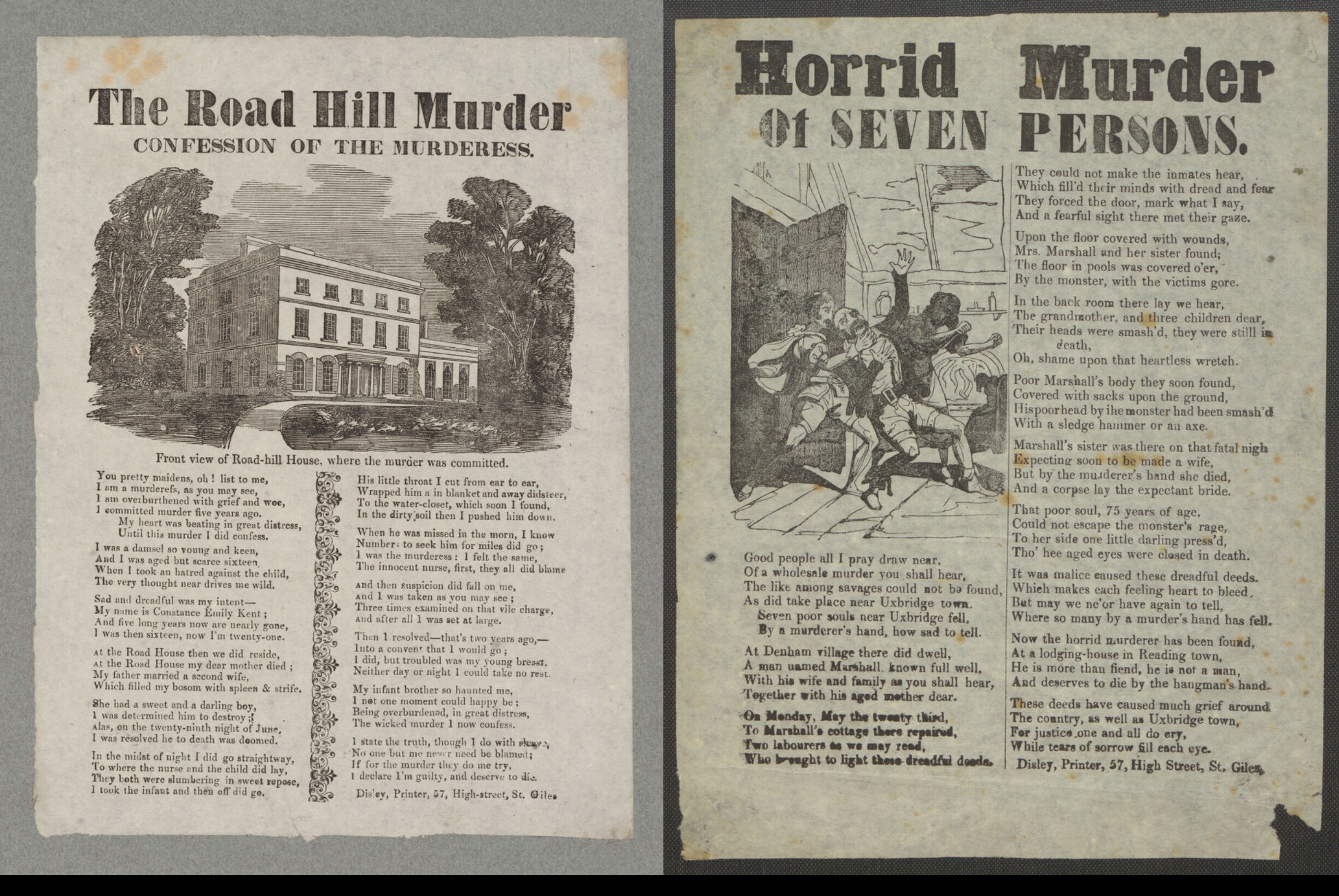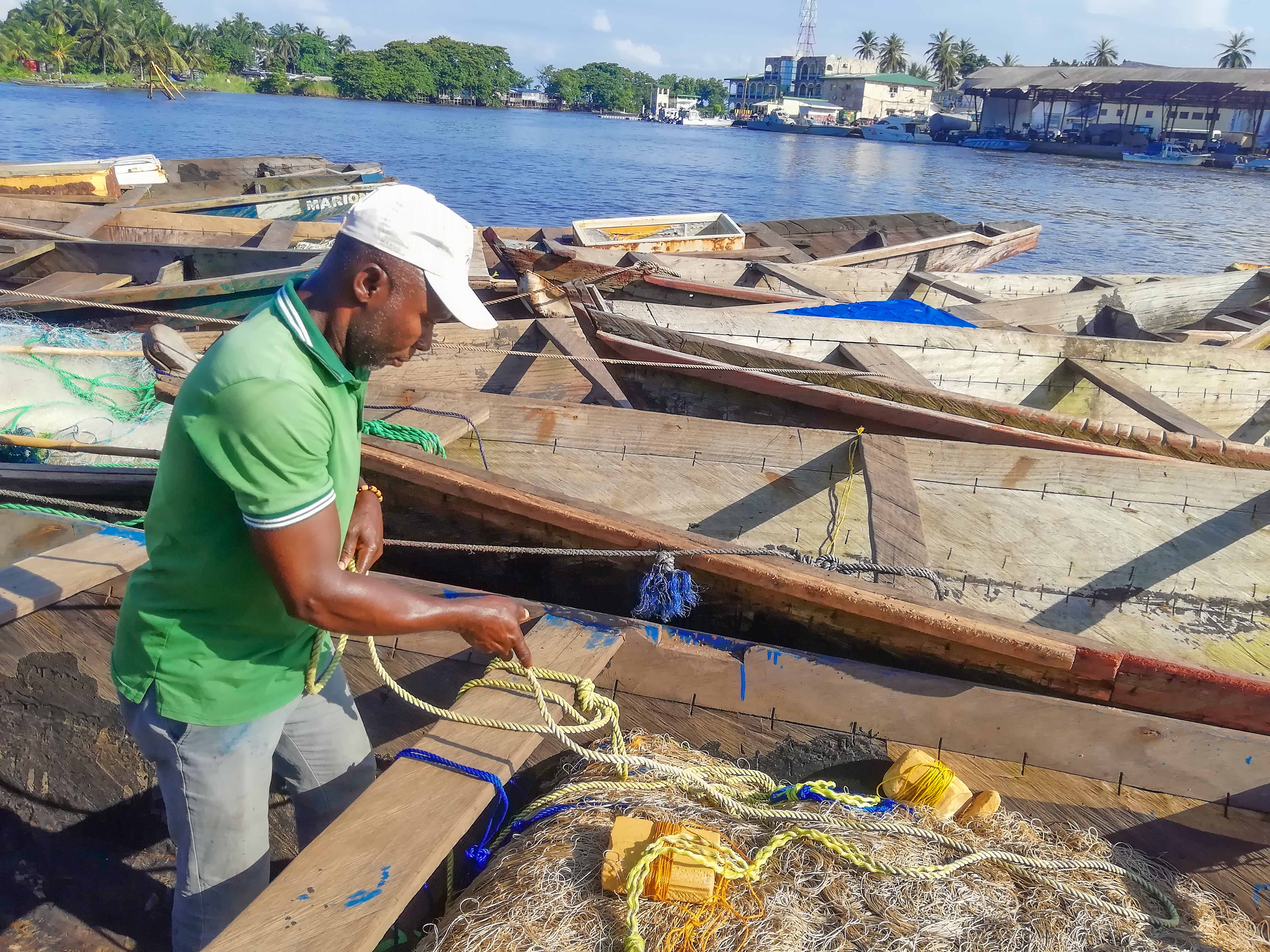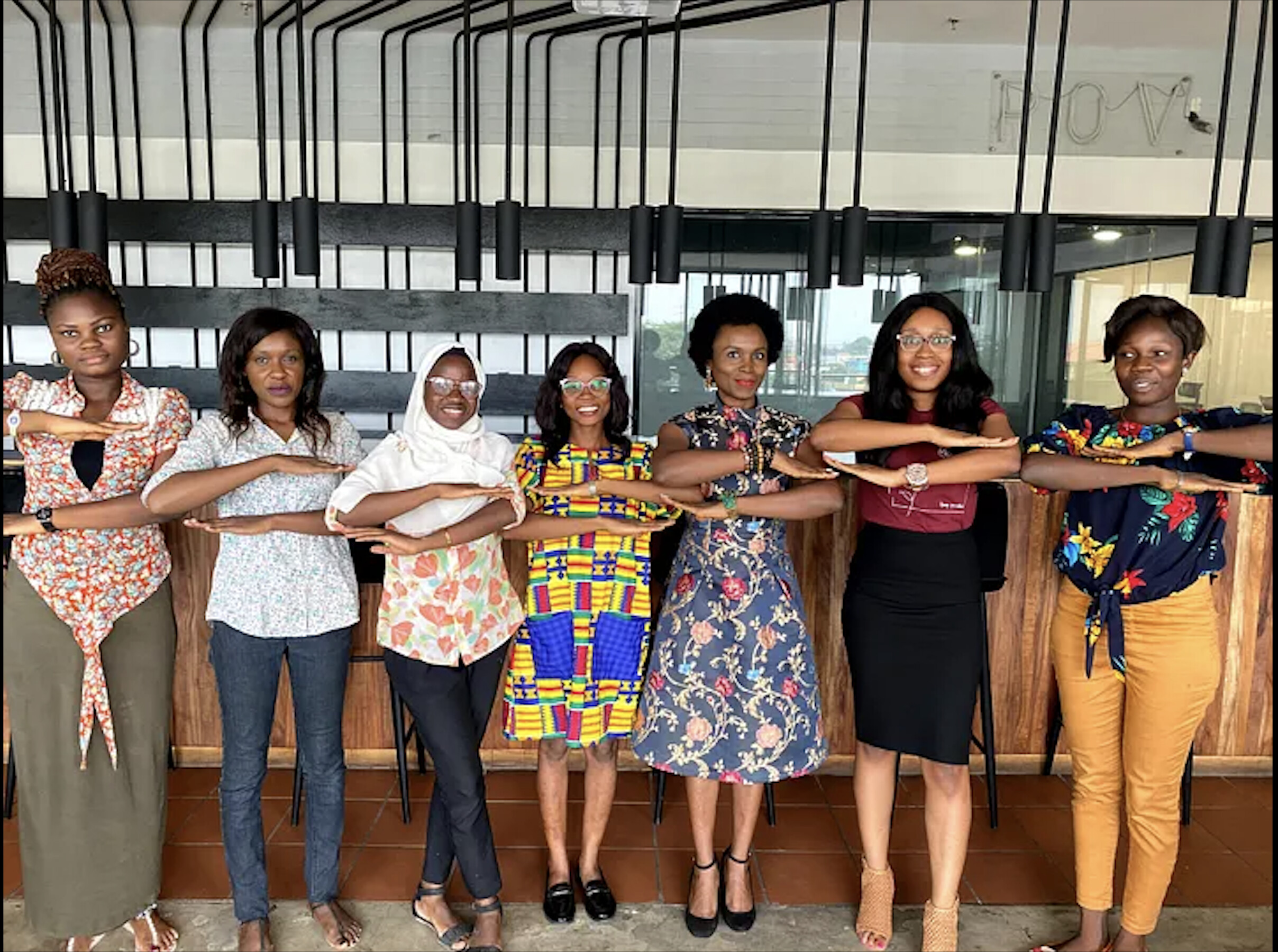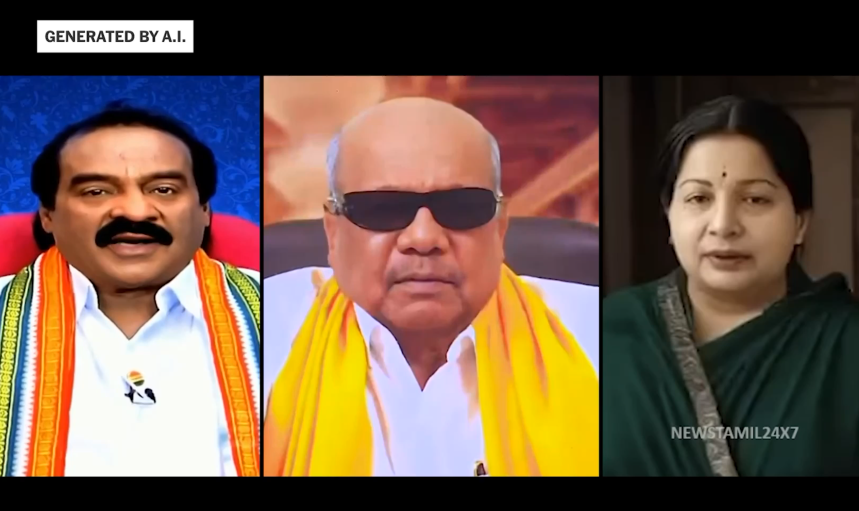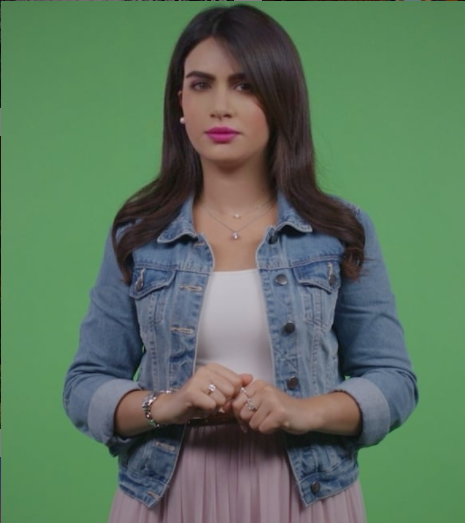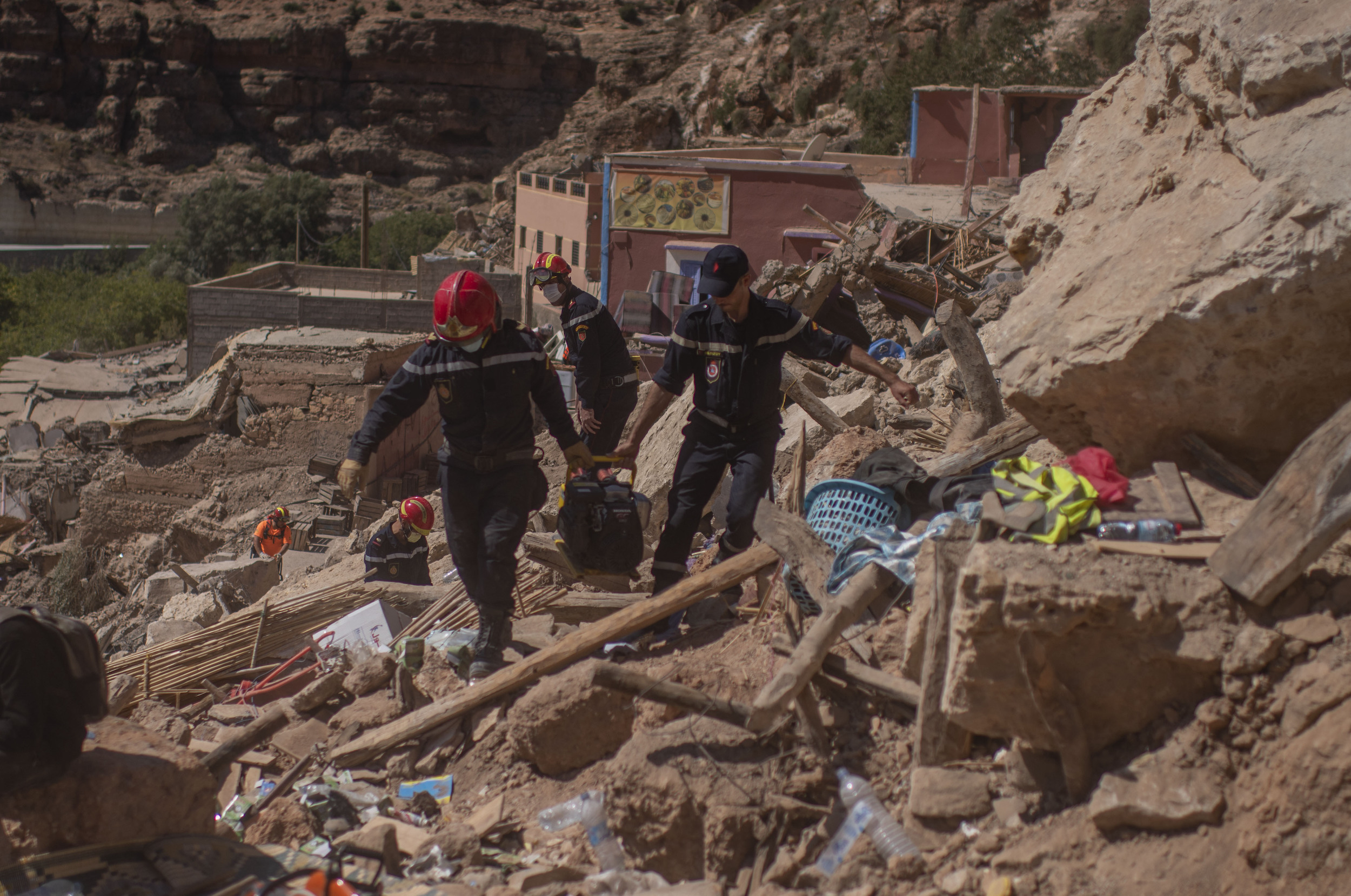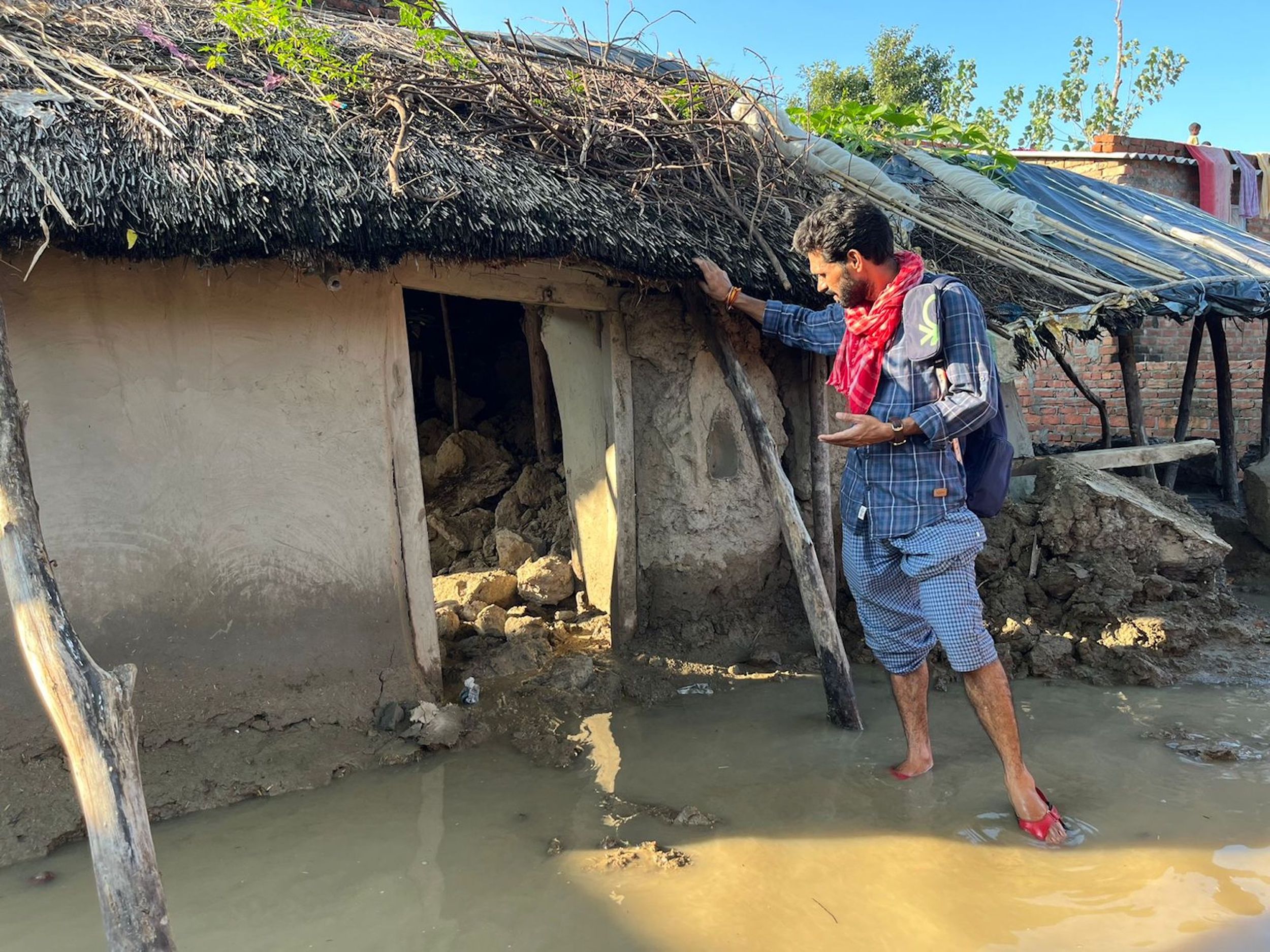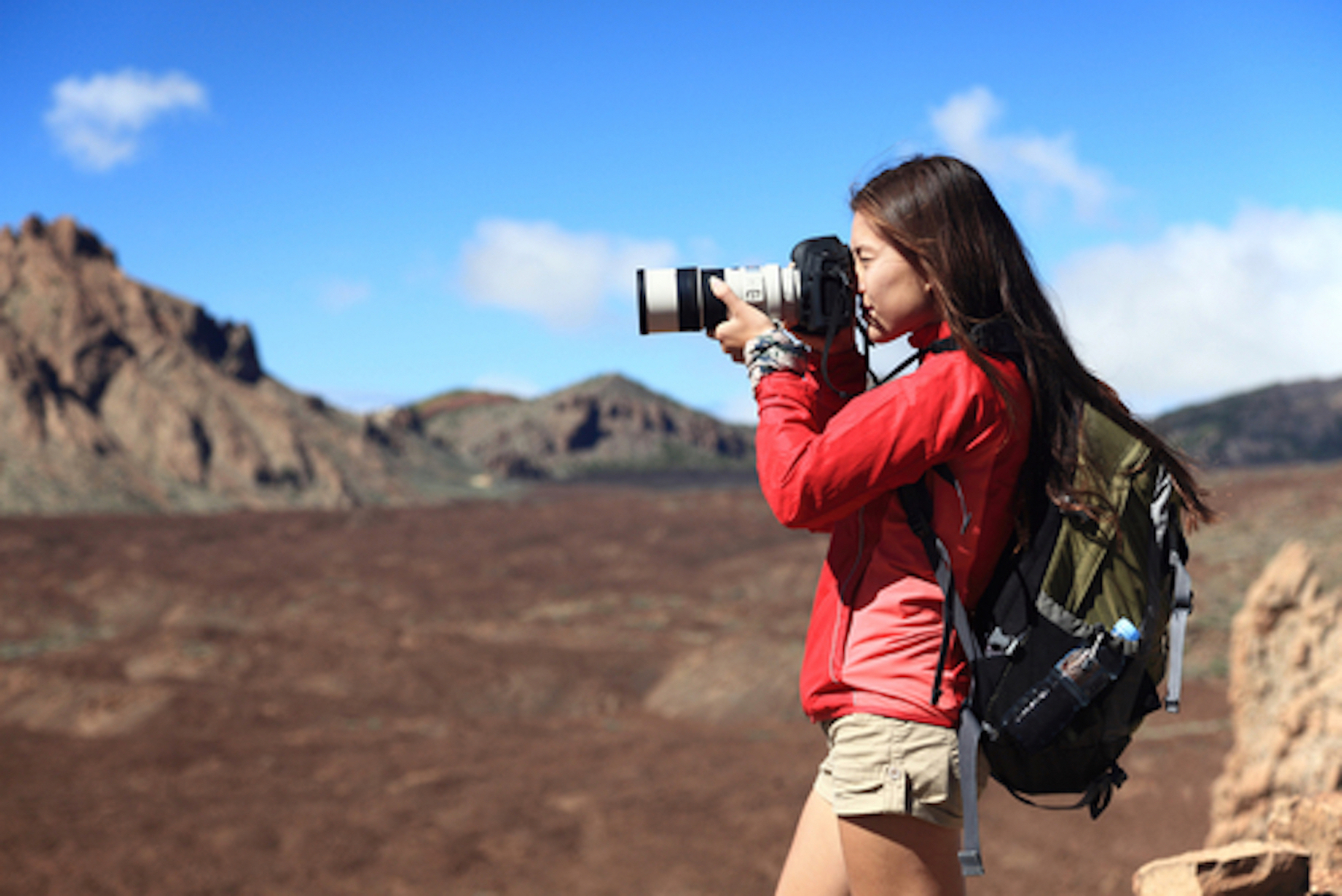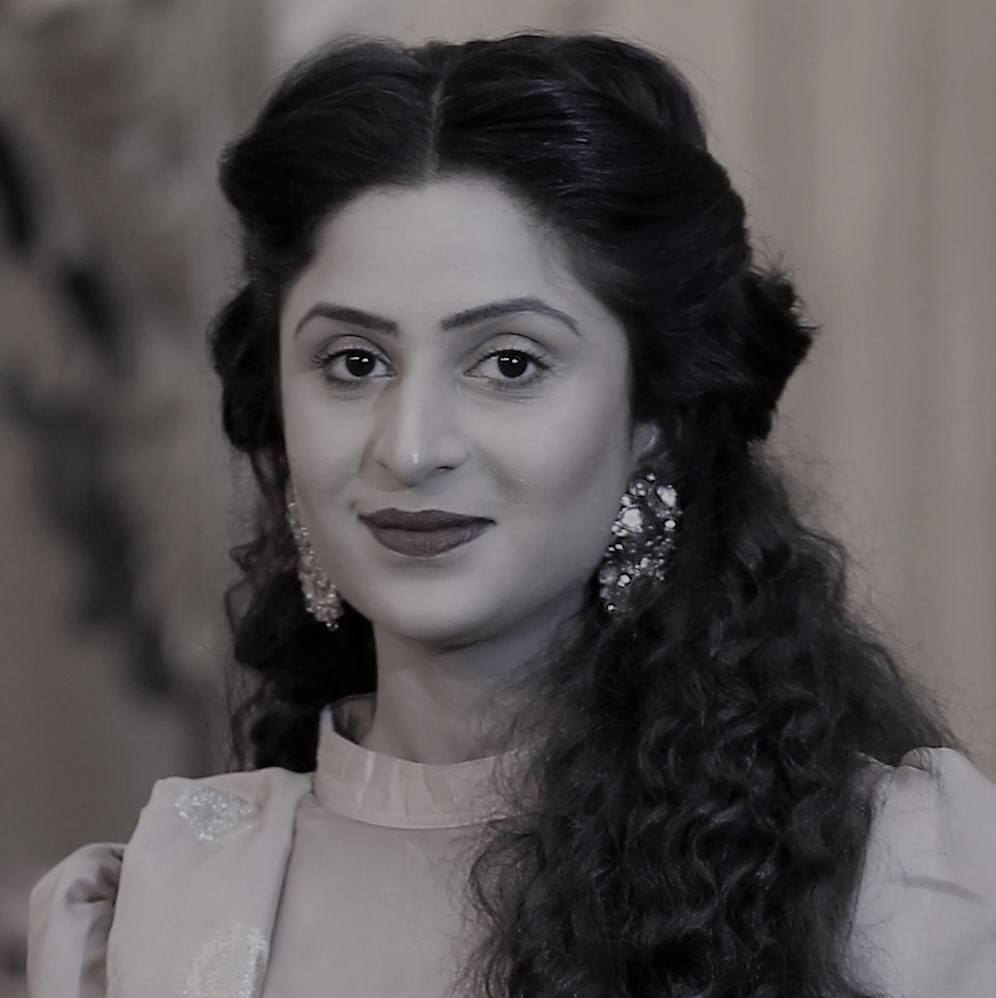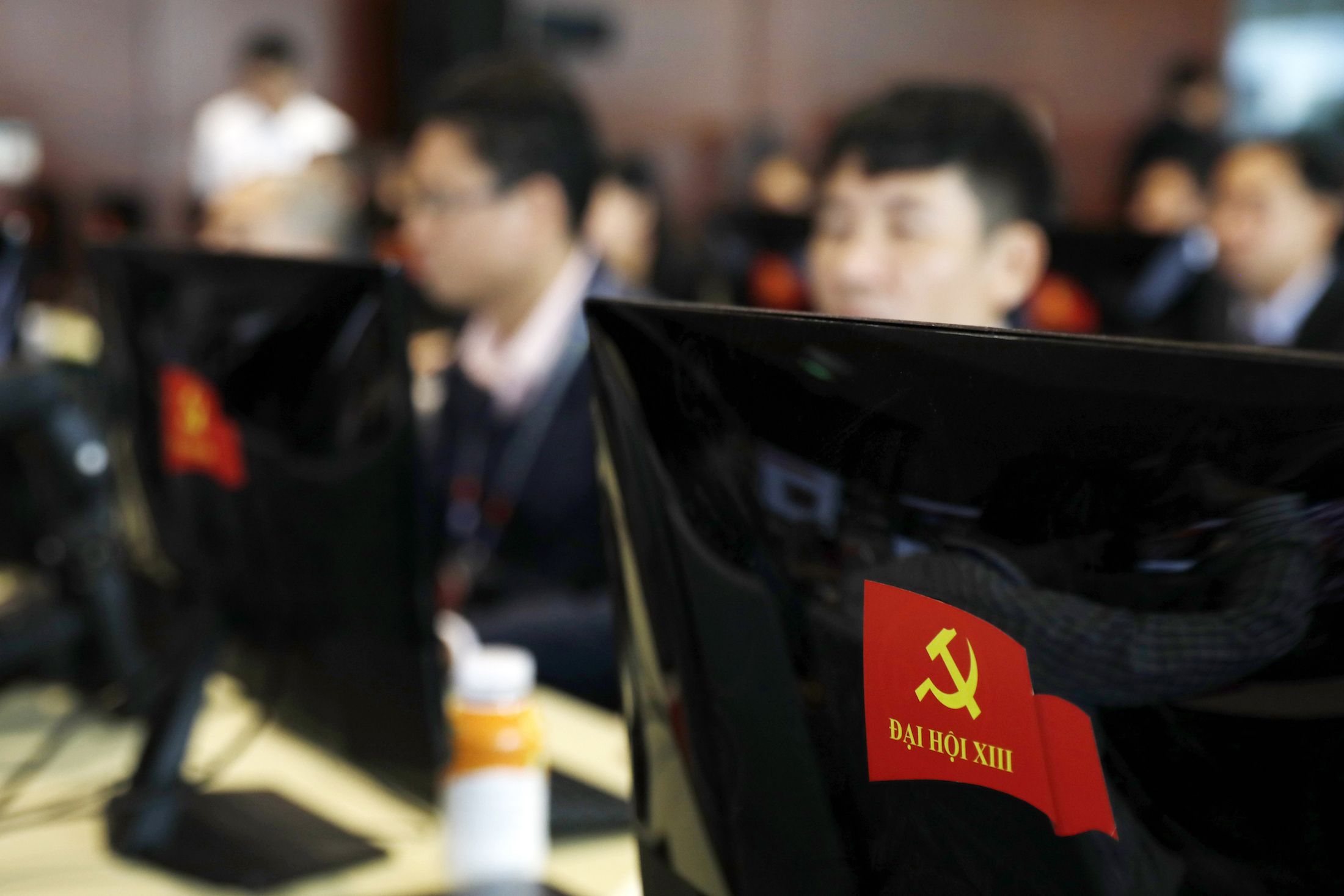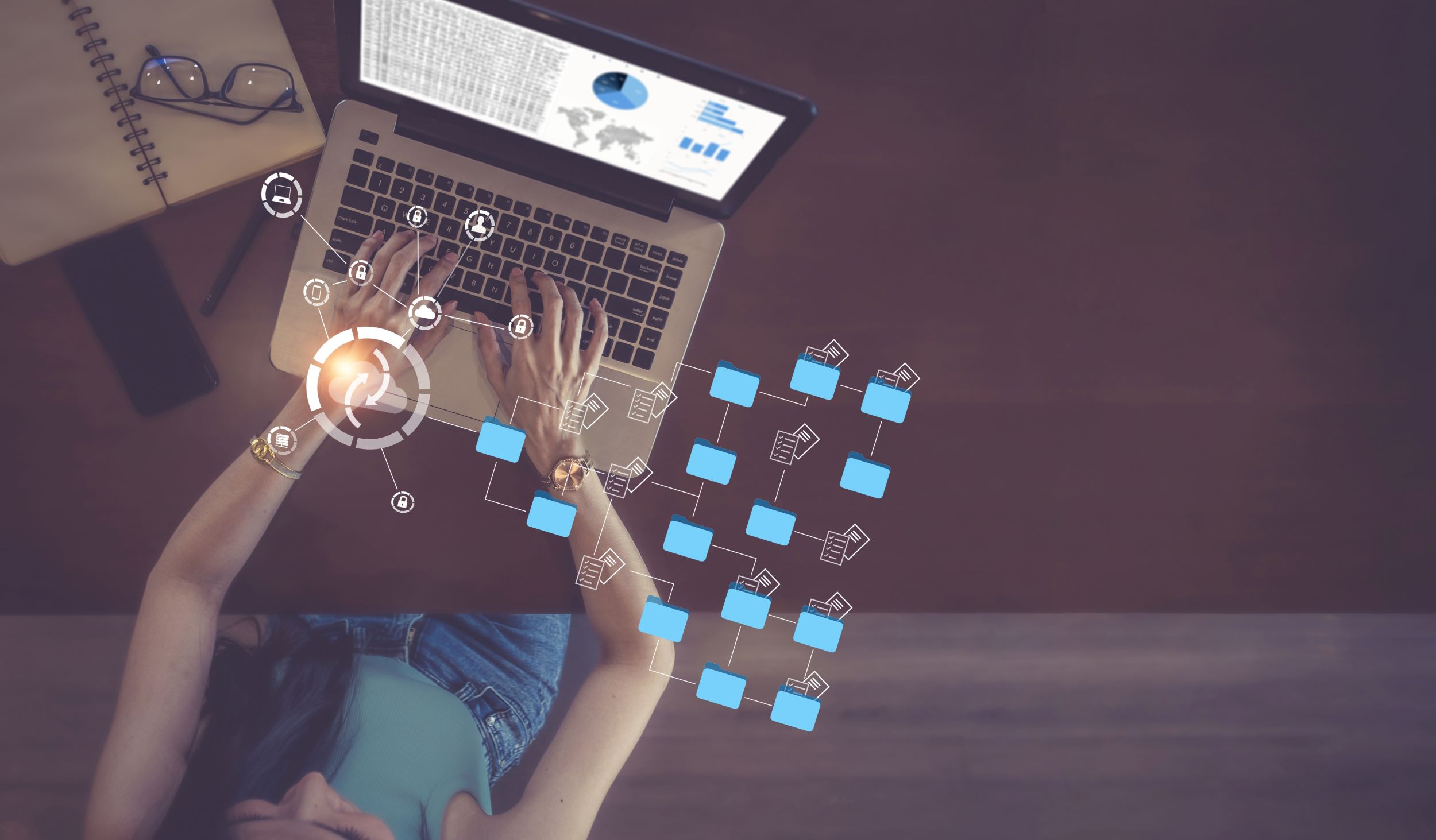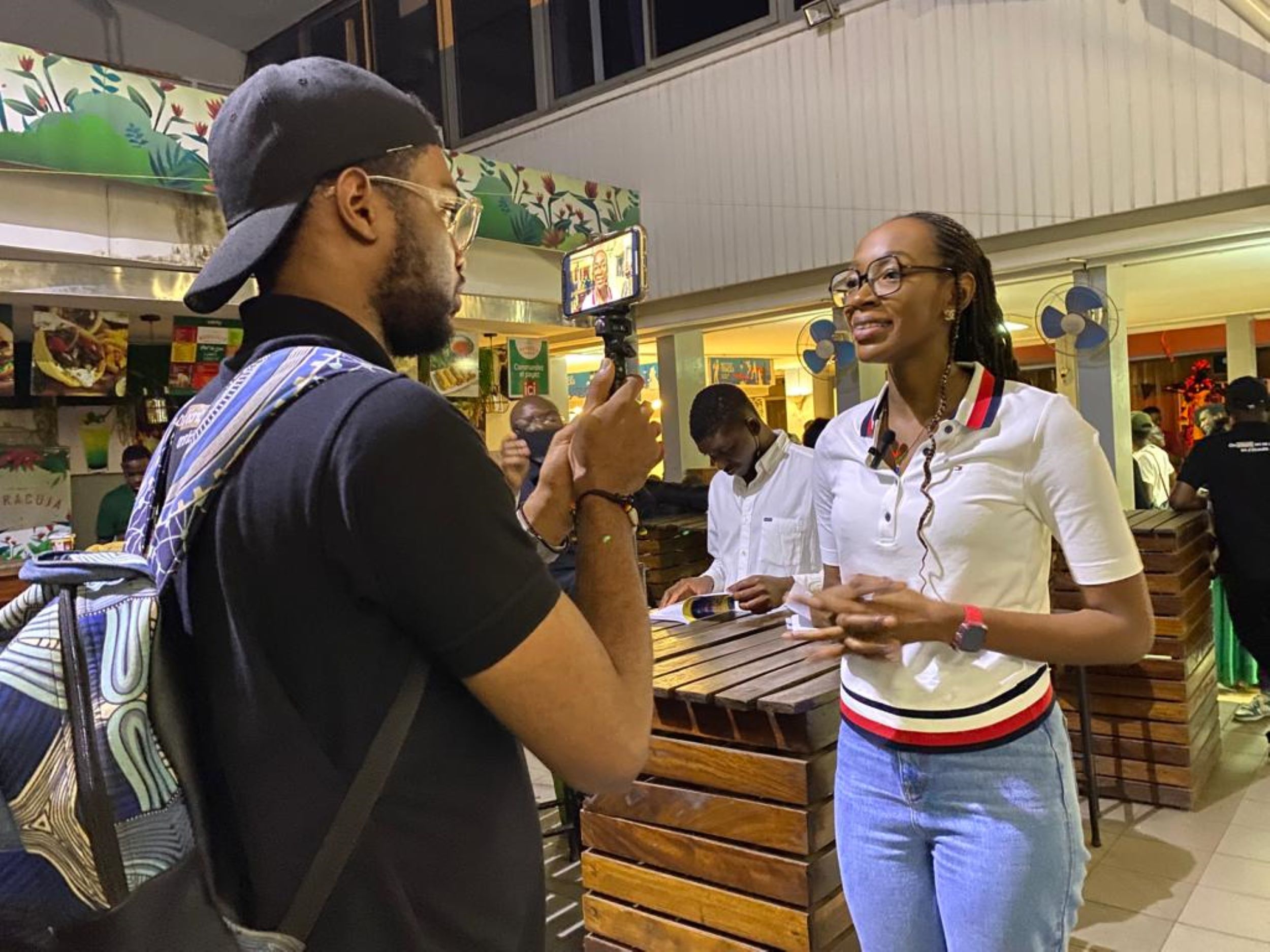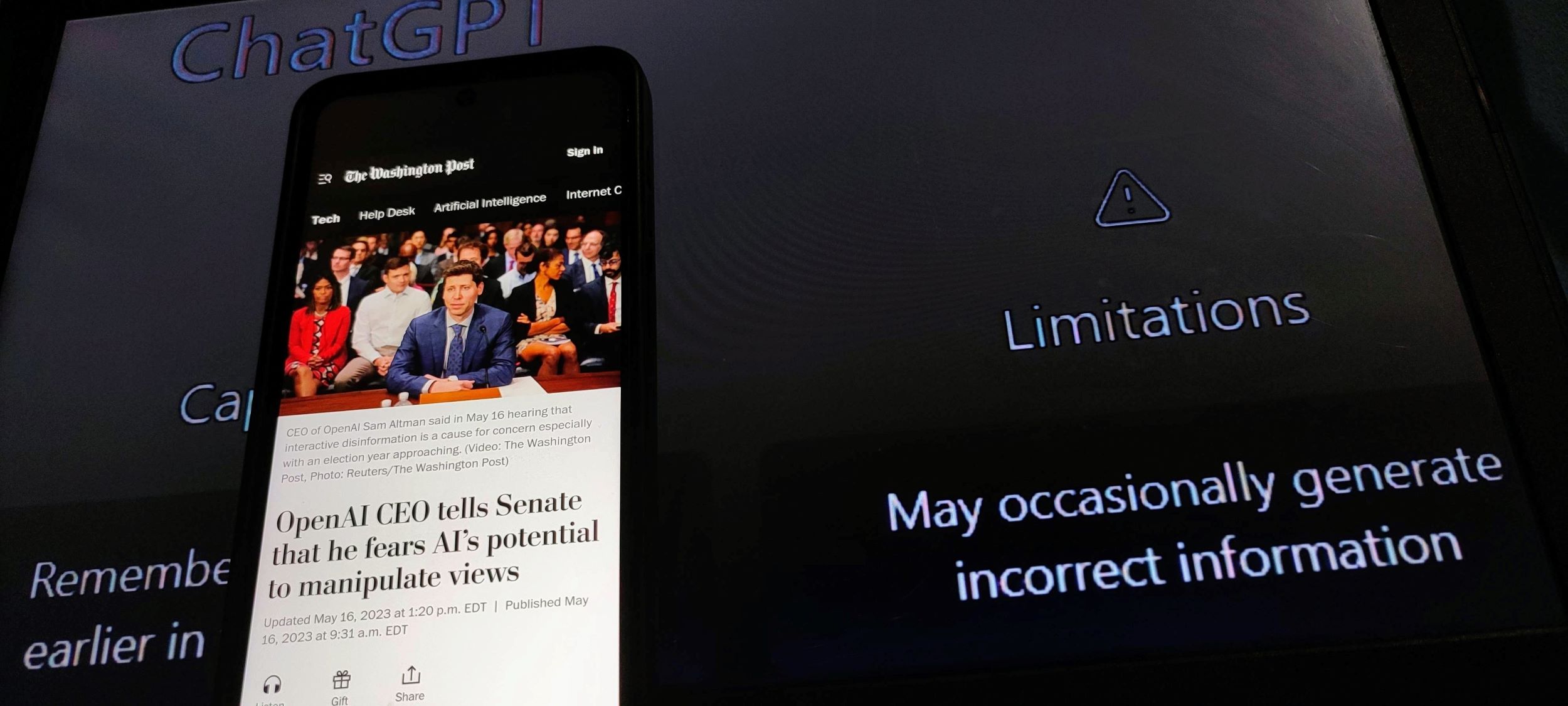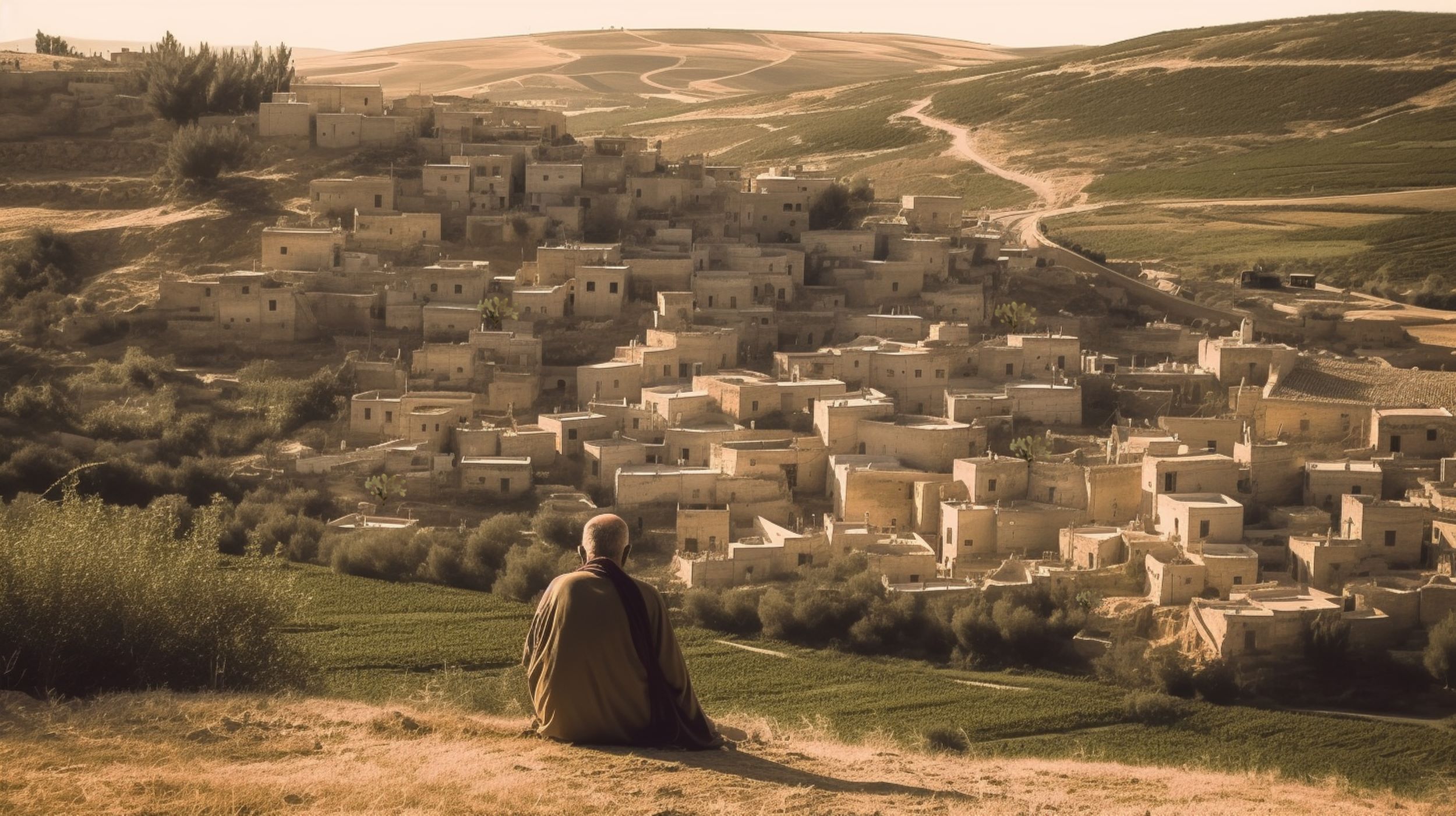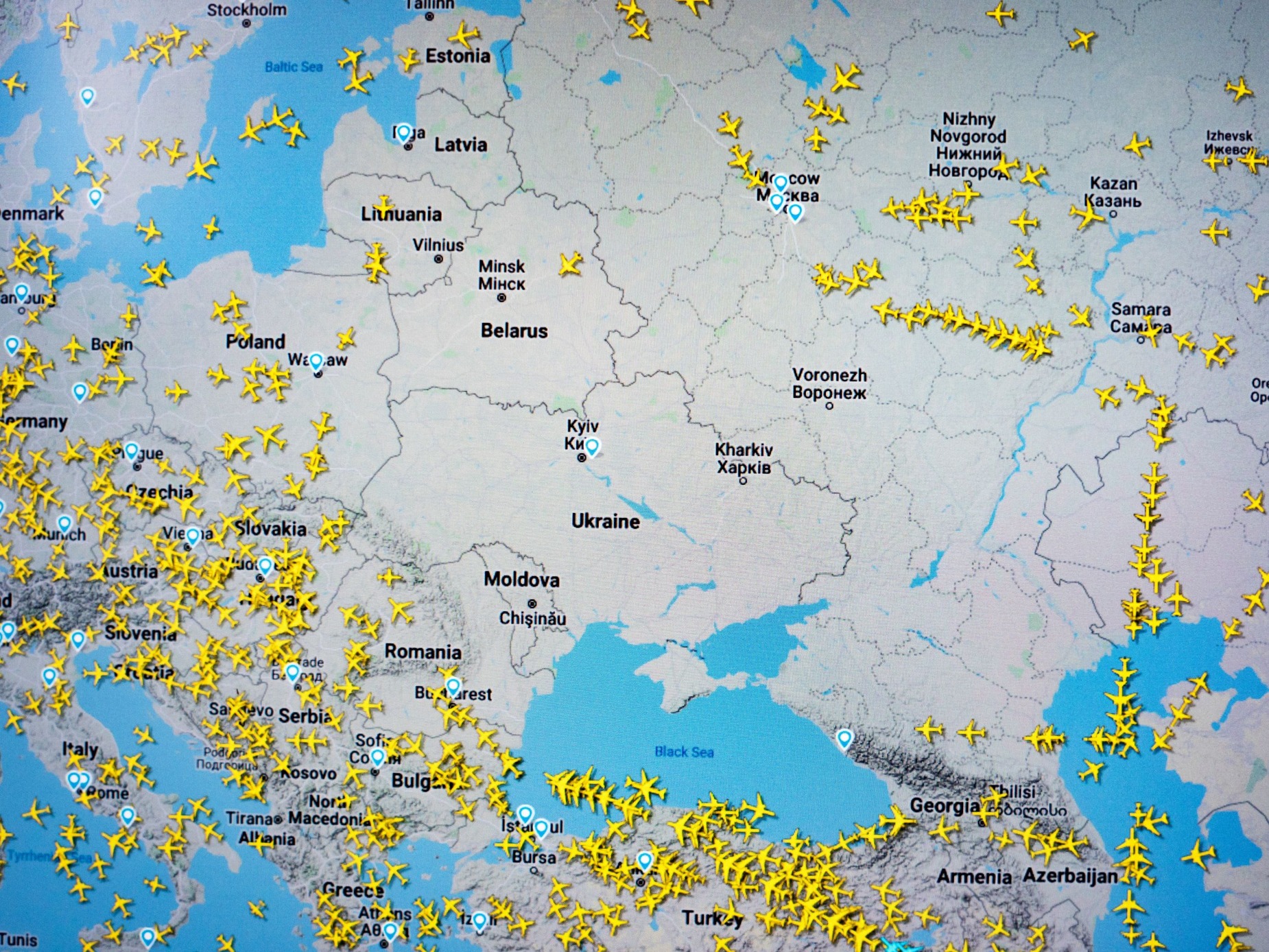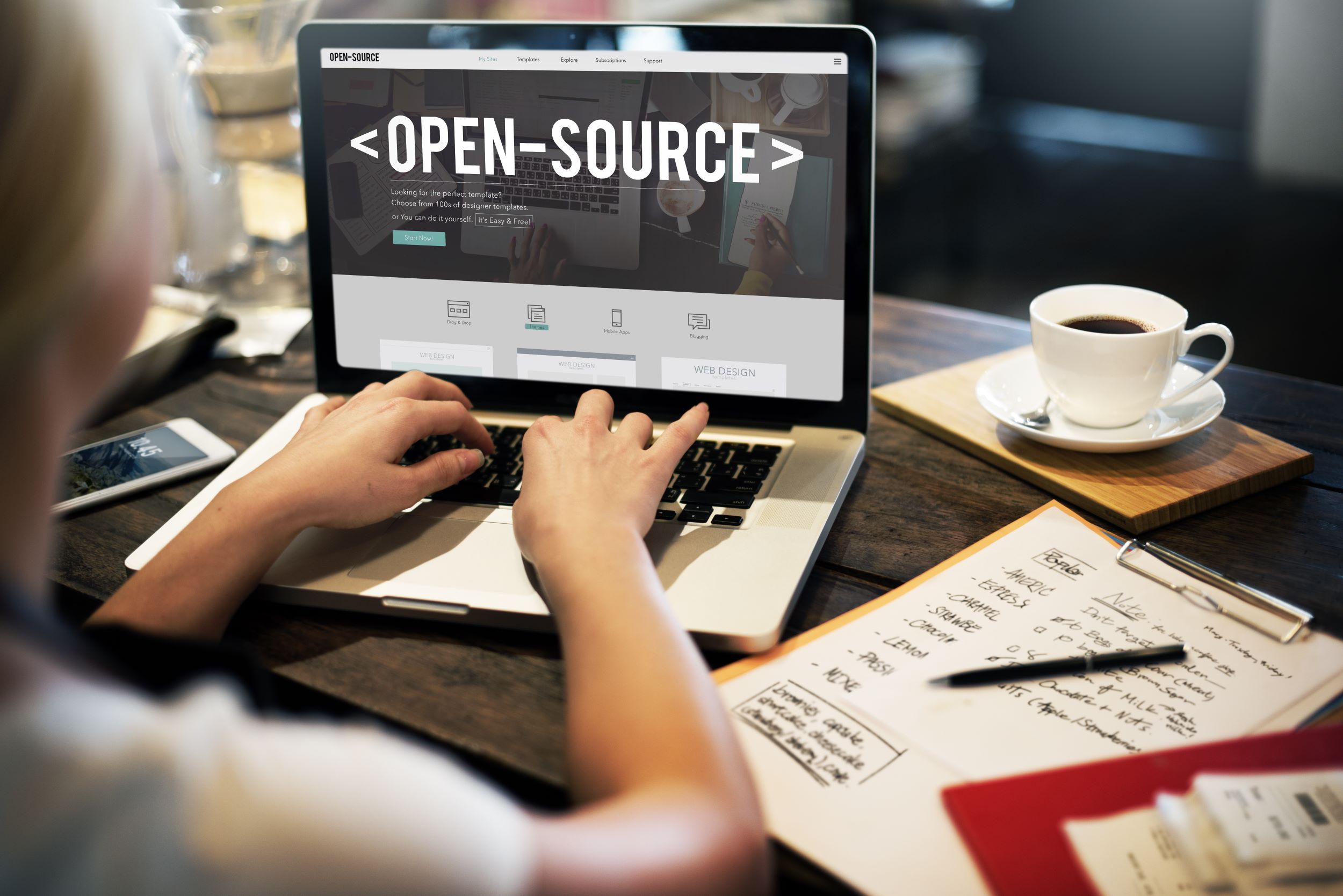الإنفوغرافيك (information graphic) هو فن تحويل البيانات والمعلومات إلى صور ورسوم يسهل فهمها بوضوح، وإضفاء شكل آخر لعرض هذه المعلومات والبيانات بأسلوب جديد يبسّط الأرقام المعقدة ويعرضها بطريقة جميلة ومهذبة، فاجتهادات المصممين وكاتبي محتوى الإنفوغراف تنصب في نقطة أساسية هي تحويل الفوضى المعلوماتية إلى رسم جمالي منظم يشرح نفسه بنفسه، دون اللجوء إلى شرح خارجي.
تاريخ الإنفوغراف
على الرغم من أن الرسوم البيانية اكتسبت مؤخرا شعبية واسعة عبر الإنترنت، فإنها موجودة فعليا منذ القرن السابع عشر. فالرسوم التوضيحية سبقت الكتابة كوسيلة لنشر المعلومات، ويقول البعض إن رسومات الكهوف والمراسلات القديمة قد تكون أبرز وأقدم مثال معروف. وكان الناس أيضا يرسمون الخرائط ويستخدمونها قبل ظهور اللغة المكتوبة.
اكتسبت الرسوم البيانية المطبوعة شعبية في القرن العشرين، خاصة مع انتشار الصحف على نطاق واسع. بالإضافة إلى ذلك، وابتداء من عام 1983، كتب خبير التصوير البياني "إدوارد تافت" (Edward Tufte) سلسلة من الكتب حول الرسوم البيانية، كما عرض محاضرات وورش عمل حول هذا الموضوع.
في القرن الحادي والعشرين انتقلت الرسوم البيانية إلى شكل رقمي، وساعد سرد العديد من الأمثلة التاريخية، وتعاليم "تافت"، وظهور الإنترنت في تطوير هذا الفن ونقل الرسوم البيانية بسلاسة عبر الشبكة المعلوماتية.
في عام 2010، وصلنا إلى ما نعرفه اليوم: رسومات رقمية مصممة تقدم معلومات معقدة بطريقة مبسطة، عادة ما تُنشر على المدونات أو في مقالات على مواقع الإنترنت ووسائل الإعلام.
هل من قواعد وضوابط للتصميم؟
حجم البيانات المنشورة يومياً في وسائل الإعلام دفع نحو إنشاء مؤسسات متخصصة فقط في تحليل تلك البيانات ووضعها في إنفوغراف يسهّل وصولها وقراءتها.
يمكنك ببساطة تمييز الإنفوغراف الجيد من السيئ، وهناك قواعد وخطوط عامة للتصميم، فالاجتهادات للهواة فقط، كما يقول معاوية محمد وهو مصمم غرافيكي في شركة "جيل ميديا" بإسطنبول.
يرى محمد في حديثه لمجلة "الصحافة" أن أهم قاعدة تحكم تصميم الإنفوغراف هي الاختصار، فكلما قلّت النصوص والجمل الطويلة كان العرض أفضل.
ومن الأمور الأساسية التي يجب مراعاتها عند تصميمه، الرؤية البصرية، وتناغم الألوان، وترتيب العناصروتناسب المساحات بينها، بحسب المصمم محمد. وهي نفس القواعد التي يتفق عليها المصمم والمخرج الفني عبد الله السباحي، مضيفاً إليها دقة الصور وجودة الرسومات المستخدمة. يقول السباحي إنه من غير المعقول أن يُعرَضَ الإنفوغراف بنفس مقاس الشاشة (72 بكسل)، بل لا بد أن يكون 150 بكسل على أقل تقدير، مع مراعاة عدم تصغير الصورة لتقليل الحجم، وذلك للحفاظ على الجودة.
ولا بد من مراعاة أن يتناسب عرض الإنفوغراف على الهواتف الذكية وأن يستجيب لها بسرعة وسهولة، وأن يتناسب مع تطبيقات التواصل الاجتماعي. وينتقد السباحي المصممين الذين يعمدون إلى الإنفوغراف الطويل الذي يجبر المشاهد على مواصلة النزول إلى الأسفل لرؤية المعلومات وقراءتها.
أما عن شكل المحتوى، فقد ركز السباحي على أهمية التوزيع البصري السليم، والتنسيق بين الصورة والنص، "فلا ينبغي أن تكون الصورة كبيرة والنص صغيرا، لأن ذلك يشعر القارئ والمشاهد بعدم الراحة أثناء رؤيته لذلك العرض".
وشبَّه السباحي الإنفوغراف بالغرفة التي يجب ألا تكون مزدحمة، وهنا يؤكد على أهمية توزيع مساحة العمل، وأن تكون المقاسات واحدة بين عنصر وآخر، حتى لا يصبح هناك أي خلل بصري.
وأضاف إلى ذلك أهمية إضفاء الحياة على الإنفوغراف عبر إشباع التصميم بالألوان، "فيجب ألا يكون باهتا أو رماديا إلا ما ندر إذا كانت فكرة التصميم تستدعي ذلك".
ويقول معاوية محمد إن وظيفة الإنفوغراف هي إيضاح المعلومات والبيانات وليس استعراض مهارات المصمم وقدراته عبر استخدام أدوات كثيرة وإغراق التصميم بالعناصر والرموز.
أنواع الإنفوغراف
يأتي الإنفوغراف بأنواع وأشكال مختلفة تُصمَّم بناء على الغرض والموضوع، ويساعد تحديد ذلك قبل بدء العمل في تحديد كيفية توزيع العناصر والألوان المناسبة، وطريقة عرض المحتوى والبيانات بشكل سليم.
- إنفوغراف المعلومات، ويركز هذا النوع على النص أكثر من الرسوم البيانية، ويجري فيه إدخال تحسينات على الرسم من خلال الرموز والأشكال والألوان والعناصر المرئية الأخرى، وذلك للتخفيف من طغيان الكلمات والجمل.
- المخطط الزمني، ويتناول هذا النوع الأحداث عبر ترتيب زمني، وغالباً ما يُستخدم لتوضيح تطور المنتج أو الفكرة، أو عرض تاريخ ما. ويستخدم فيه المخططات والأيقونات والصور والرسومات. وقد يكون تنسيق المخطط الزمني عموديًا أو أفقيًا أو متعرجًا. وعادة ما تكون الرسومات البيانية للخط العمودي والمتعرجة أسهل في القراءة.
- الرسم البياني، ويحتوي على رسم بياني يمثل المحور الرئيسي للمعلومات المعروضة. ويمكن إضافة الألوان والأشكال والرموز للتأكيد أو الشرح. كما تعمل المخططات في هذا النوع بشكل أفضل عند إجراء مقارنة أساسية للعناصر، وتشمل الحالات التي تكون فيها مخططات بيانية ذات صلة، كعدد الطلاب في الجامعات المختلفة، أو مقارنة لعدد متابعي تويتر لفرق الكرة الشهيرة أو السكان في مدن معينة.
- إنفوغراف الأرقام، ويمكن التعرف على المعلومات من خلال التركيز على الأرقام، كإظهار مقدار المال الضائع من خلال رمي الطعام، وكيف أثرت الحرب على بلد معين. ويمكن تصوير مثل هذه الأمثلة عبر رسم بياني تفصيلي بالأرقام، أو يمكن الاكتفاء بعرض صور وأرقام والتخلي عن الرسم البياني.
- إنفوغراف المقارنة، ويعتمد على مقارنة أوجه التشابه والاختلاف بين اثنين أو أكثر من المنتجات أو المواقع أو الأحداث أو الإجراءات أو الأفكار أو الأفراد. وتشمل الأمثلة مقارنة بين المديرين، والإستراتيجية السابقة مقابل الإستراتيجية الحالية. وتساعد مقارنة المعلومات في تحديد إيجابيات وسلبيات عنصر أو منتج واحد أو عدة دول، وبين فترة وأخرى. وعادةً ما يُقسَّم الرسم إلى قسمين أو أكثر بناءً على عدد العناصر التي تتم مقارنتها.






